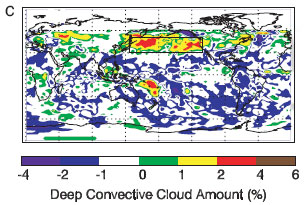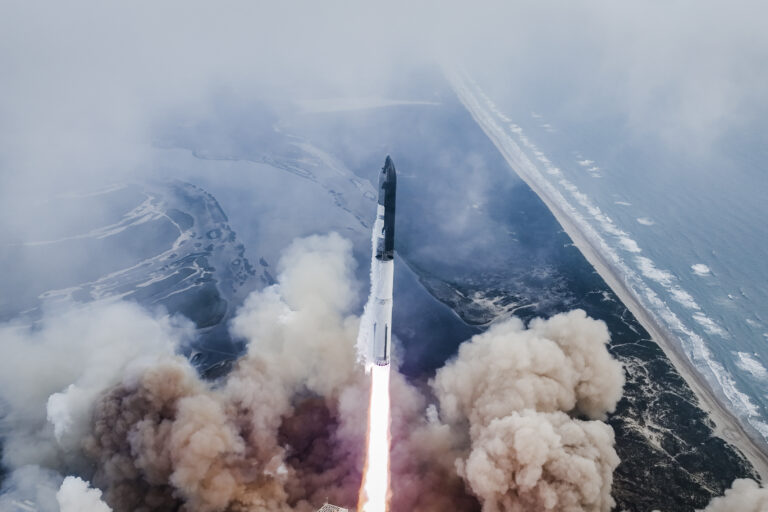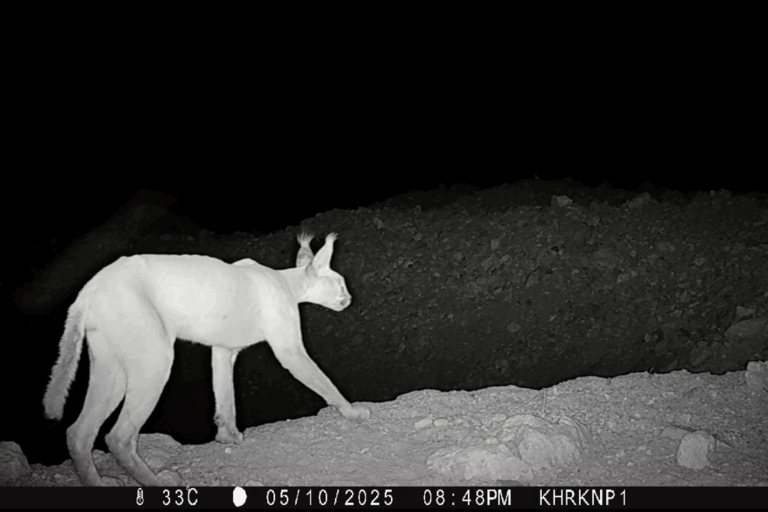Asian pollution causes stronger thunderstorms, may worsen global warming
Pollution in Asia causes stronger thunderstorms, may worsen global warming
mongabay.com
March 5, 2007
Growing levels of pollution in Asia are altering the chemistry of the atmosphere and causing a change in Pacific storm patterns according to researchers writing in the online early edition of PNAS.
Noting that sulfate and soot emissions have risen significantly in Asia since the 1970s as a result of increased coal burning from rapid industrialization, Renyi Zhang of Texas A&M University and colleagues analyzed cloud measurement data spanning 1984-2005 and found that the rise in pollution generated stronger thunderstorms. Their research showed a 20-50% increase in the formation of deep convective clouds (DCC) between 1984-1994 and 1994-2005.
“We have unambiguously identified a trend of increasing DCC over the north Pacific in winter, and we have demonstrated the link between the intensified Pacific storm track and Asian pollution outflow,” the authors write. “Our results suggest that the winter Pacific is highly vulnerable to the aerosol effect because of favorable cloud dynamical and microphysical conditions from the interaction between the storm track and Asian pollution outflow.

Difference between the January distribution of deep convective cloud amounts from International Satellite Cloud Climatology Project (ISCCP) averaged between the periods of 1984—1994 (a) and 1994—2005. Image copyright 2007 by The National Academy of Sciences of the USA |
Zhang and colleagues say that their findings have global implications since the Pacific storm track plays an role in global atmospheric circulation.
“The intensified Pacific storm track likely has profound implications on climate,” they continue. “Intensified storms of the Pacific storm track can significantly alter the cloud albedo and impact the radiative budget over such a large region. The intensified Pacific storm track can also impact the global general circulation… Furthermore, the intensified storm track can transfer efficiently anthropogenic
aerosols vertically and northward… [and can] exacerbate warming at higher latitudes.”
The authors note that such climate heating in polar regions has been linked to melting sea ice and rising sea levels.
Zhang et. al (2007). Intensification of Pacific storm track linked to Asian pollution. PNAS Early Edition, March 6, 2007.
Related articles
Cloud formation linked to air pollution. NASA scientists have determined that the formation of clouds is affected by the lightness or darkness of air pollution particles. This also impacts Earth’s climate.
Smoke from forest fires reduces rainfall and spells trouble for the Amazon rainforest. Recent studies by NASA scientists have found that heavy smoke from Amazon forest fires inhibits cloud formation and reduces rainfall. This finding, combined with other NASA studies suggesting that deforestation can affect regional climate, means that the Amazon rainforest may be on the verge of a significant environmental transformation.
Fires in Central America worsen air quality in Texas. Agricultural fires in Central America can impact air quality and climate in Texas, Oklahoma, and other parts of the southern United States according to new research from NASA. The study, published in the July 26, 2006 Journal of Geophysical Research-Atmospheres, found that in the spring of 2003 pollution from fires in the Yucatan Peninsula and southern Mexico reached parts of the United States. The smoke “degraded visibility and air quality in coastal regions along the Gulf of Mexico and resulted in the greatest concentration of small particulate matter in southern Texas since 1998,” according to a release from NASA.














